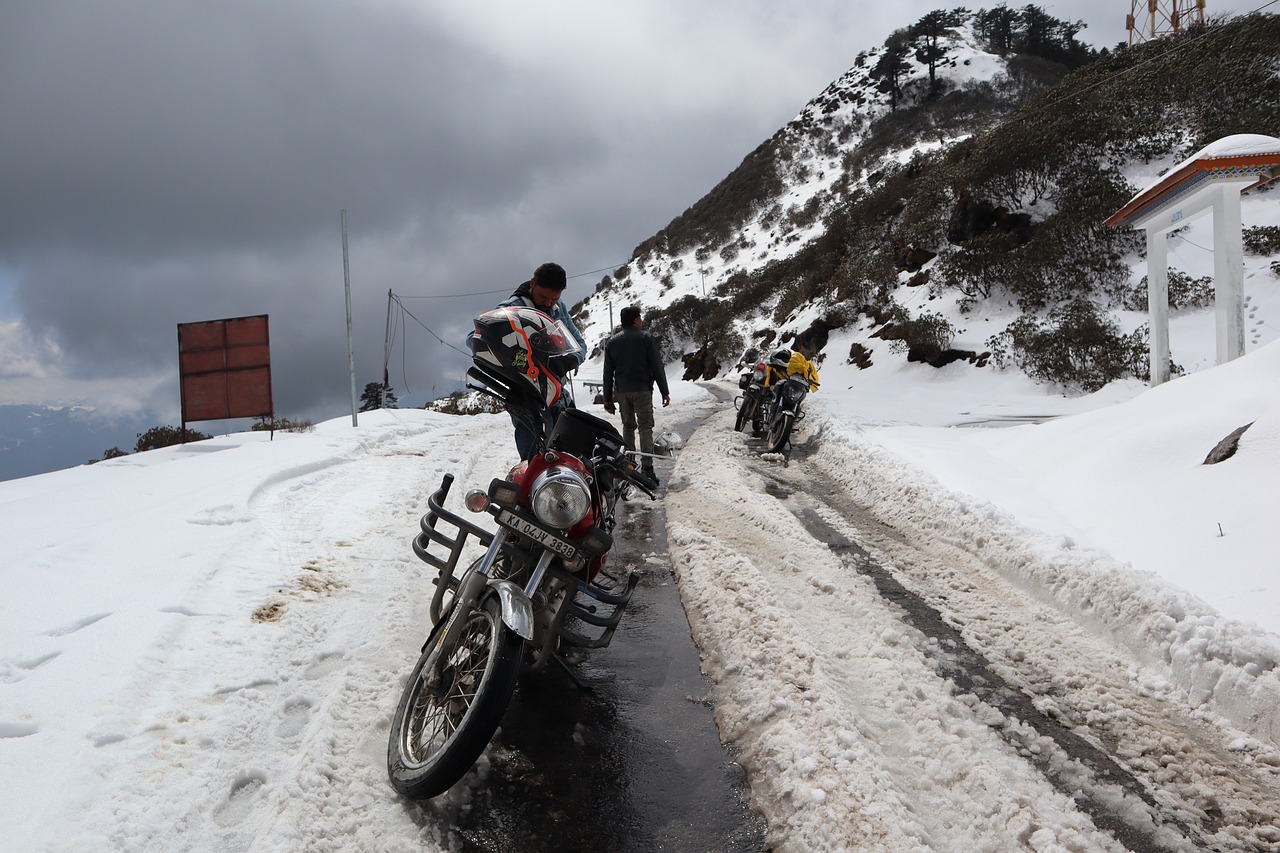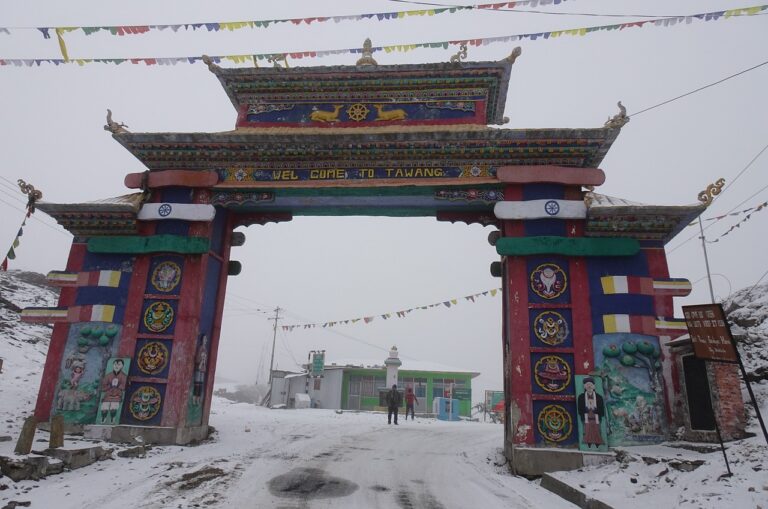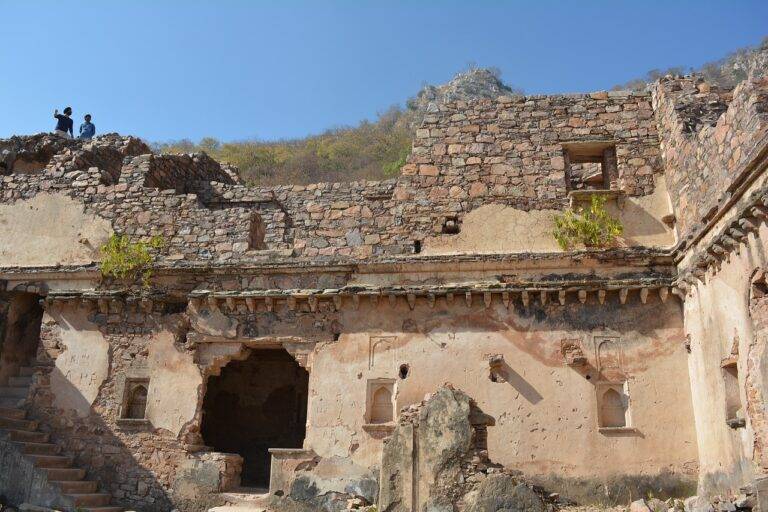Analyzing the Impact of Election Day Polling Place Closures on Turnout: Sky247 log in, Gold365, Gold win 365
sky247 log in, gold365, gold win 365: The impact of election day polling place closures on voter turnout is a topic that has gained significant attention in recent years. With the closure of polling locations across the country, many voters are left wondering how this will affect their ability to cast their vote on election day. In this article, we will delve into the potential impact of polling place closures on voter turnout and explore the implications for the democratic process.
Polling place closures have become a contentious issue in the United States, with some arguing that they can disenfranchise certain populations and suppress voter turnout. When polling locations are closed, voters may face longer travel times to get to a new polling site, leading to decreased accessibility and potentially discouraging individuals from voting. This can be particularly impactful for marginalized communities who may already face barriers to voting.
Studies have shown that polling place closures can have a negative effect on voter turnout. Research conducted by the Brennan Center for Justice found that the closure of polling locations in predominantly Black and Hispanic neighborhoods resulted in a decrease in voter turnout during the 2016 presidential election. This suggests that polling place closures disproportionately affect communities of color and can impact overall voter participation.
In addition to accessibility issues, polling place closures can also lead to confusion among voters. When polling locations are changed or consolidated, voters may not be aware of the new location or may struggle to find accurate information on where to cast their vote. This can result in voter disenfranchisement and may deter individuals from participating in the electoral process.
One of the key ways to mitigate the impact of polling place closures on voter turnout is to increase access to alternative voting methods, such as early voting and vote-by-mail. By providing voters with additional options for casting their ballot, election officials can help ensure that all eligible individuals have the opportunity to participate in the democratic process, regardless of polling place closures.
As we look ahead to future elections, it is essential that policymakers and election officials consider the potential consequences of polling place closures on voter turnout. By prioritizing accessibility and ensuring that all individuals have equal access to the ballot box, we can help safeguard the integrity of our democracy and promote greater civic engagement.
**FAQs**
1. What can voters do if their polling place is closed on election day?
If your polling place is closed on election day, you can contact your local election office for information on alternative voting options, such as early voting or vote-by-mail. It is important to stay informed about any changes to polling locations to ensure that you can cast your vote on election day.
2. How can I find my polling place location?
You can find your polling place location by visiting the website of your state or local election office. Many election offices also send out information on polling locations to registered voters prior to election day. Be sure to double-check your polling place location before heading to vote to avoid any confusion or delays.
3. What can be done to prevent polling place closures?
Advocacy and community engagement are vital tools in preventing polling place closures. By raising awareness about the impact of closures on voter turnout and advocating for policies that promote accessibility and equity in the electoral process, we can work towards ensuring that all individuals have equal access to the ballot box.







